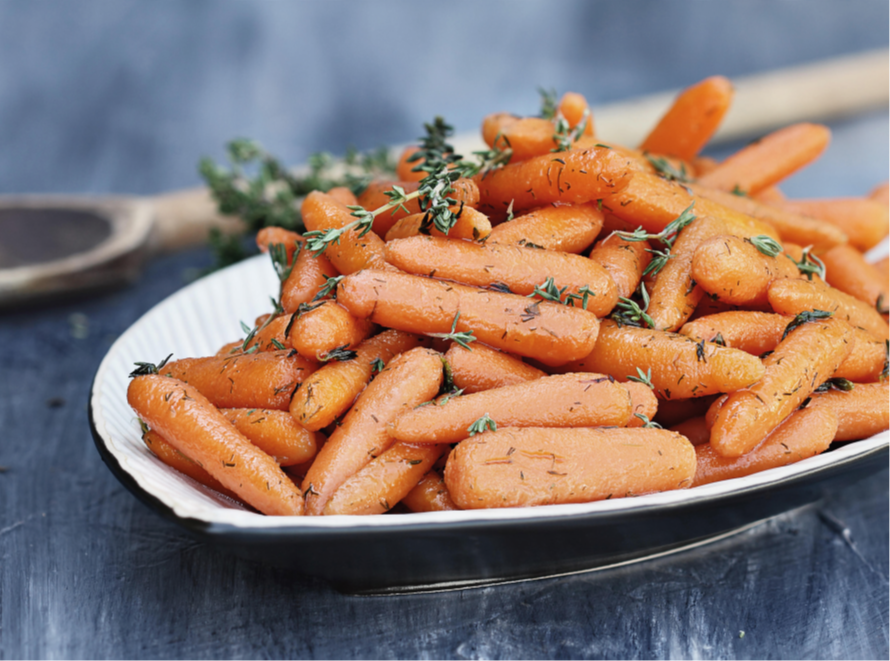Carrot Love
There’s more to this brightly coloured root veg than meets the eye.
From crunchy raw sticks dipped in hummus to steaming slices drenched with melted butter, and fluffy cake smothered in cream cheese frosting, carrots are delicious in many guises – and they’re packed with nutrients too.
But there’s more to the popular root vegetable than just tasty dishes. Carrots have a fascinating – and somewhat controversial – history. Here are nine interesting facts you probably didn’t know about carrots…
1>> Carrots weren’t originally orange The carrots sold in supermarkets these days are almost exclusively orange, but the earliest documented plants produced purple, yellow or white varieties. There’s some dispute about whether Dutch horticulturalists bred orange carrots in the 16th century to honour William of Orange but whatever the reason, the new colour became dominant. You could say, back then, orange was the new purple…
2>> They originate in Asia Now popular all over the world, the carrot as we know it today was first grown in Afghanistan in the 10th century.
3>> There’s a huge range of carrot varieties Today, there are actually hundreds of types of carrots varying in colour and size. And they’ve got some rather unusual names, such as Solar Yellow, Red Elephant, Purple Dragon, Five-Star Baby and Little Fingers.
4>> Baby carrots are (mostly) fake The bags of smooth, peeled, uniformly shaped ‘baby’ carrots you see in supermarkets are usually cut from full-size carrots for the convenience of shoppers. However, genuine baby carrots – harvested before they reach maturity – do exist. You can identify a true baby if it’s got its skin on, and a defi ned ‘shoulder’ section at the top.
5>> Carrots are mostly water While they’re brilliantly bright in colour, carrots are actually made up of 88 per cent water, which is why old, dried out carrots lose their crunch.
6>> They might help you see in the dark The old adage about carrots helping you see in the dark is somewhat true. They are rich in a nutrient called beta-carotene. Betacarotene has been shown to help improve night vision, but only in people who have a vitamin A deficiency, which is unlikely nowadays in developed countries.
7>> Cooking carrots makes them healthier Beta-carotene is used by the body to make vitamin A, an important nutrient in terms of vision, skin health and the immune system. While some nutrients (such as vitamin C) can be lost through cooking, a study found that cooked carrots, rather than raw ones, actually led to higher absorption of betacarotene.
8>> Eat too many and you might turn yellow Consuming large quantities of carrots won’t turn you orange, as you might expect. It could, however, result in carotenemia, when an excess of betacarotene gives the skin a yellow-ish tinge.
9>> There’s an annual carrot festival The city of Holtville in California, where carrots are a major agricultural crop, has declared itself the Carrot Capital of the World. In February, residents celebrated the 75th anniversary of the city’s annual Carrot Festival, which included a carnival and parade.







